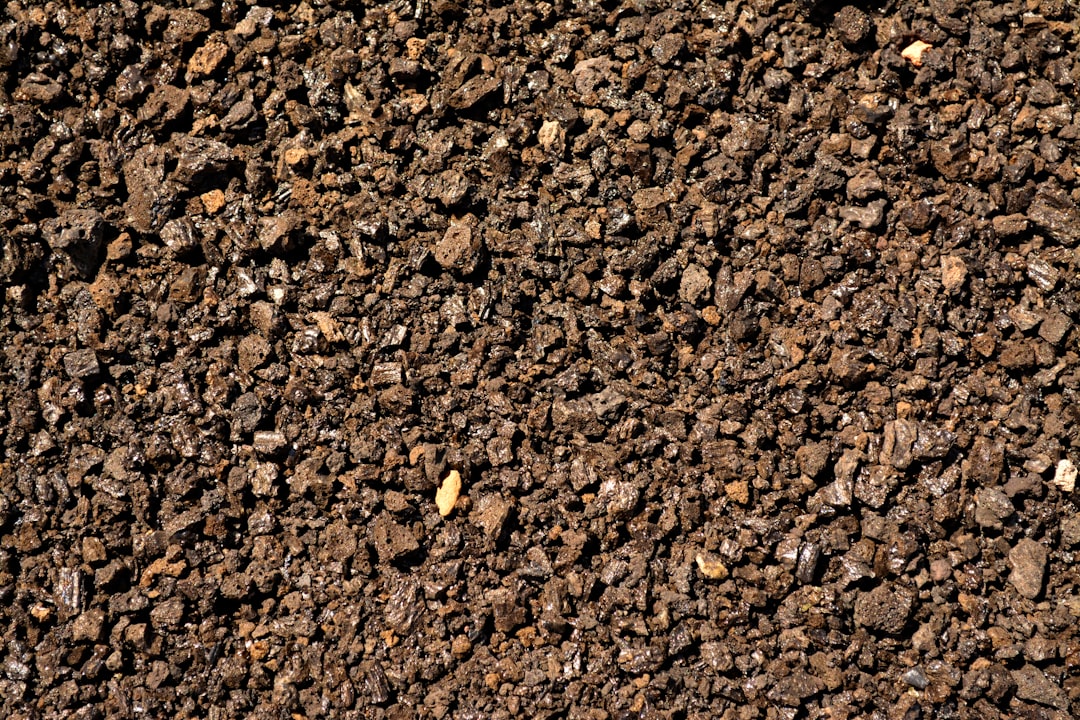What is it about?
In semi-arid regions like Colorado, USA, agricultural water has high value as municipalities seek water security under growing populations and projected climate change and variability. Historical “return flows” to streams and groundwater must be subtracted from the amount of irrigation water traded. A framework for simulating spatially variable infiltration and derived distributions of groundwater recharge and nitrate leaching is defined and demonstrated. We used an agricultural system model to simulate groundwater recharge and nitrate leaching under irrigated corn in Colorado, USA. Projected climate representing a period centered on 2050 increased baseline recharge by up to 58%, but the climate effect decreased with increasing spatial variability of applied irrigation. This study illustrates a framework for further evaluations of the potential combined effects of irrigation management and climate change on groundwater resources.
Featured Image

Photo by henry perks on Unsplash
Why is it important?
Temporal averaging of fluxes over a sufficient time period can provide well-defined transfer functions to convert variable inputs (irrigation) to the output fluxes of interest. Irrigation “return flows” to groundwater (renewable “blue” water) respond nonlinearly to irrigation (in)efficiency. The derived distribution approach allows distributional uncertainty of irrigation efficiency (spatial variability) to be translated to output distributions and mean fluxes over space and time. The current simulations of climate change showed potential for large increases (32 to 58%) in recharge (2050 versus historical climate). The water footprint of cropping systems can be estimated along with the combined return flow to groundwater available for future pumping. Such analyses may require complex systems models and should not be oversimplified.
Perspectives
The concept is fairly simple, and this framework or approach could use any appropriate model as the "transfer function" for the derived distribution. I could imagine someone developing a decision support tool to guide irrigation management for different levels of irrigation efficiency.
Dr Timothy R Green
USDA Agricultural Research Service
Read the Original
This page is a summary of: Irrigation variability and climate change affect derived distributions of simulated water recharge and nitrate leaching, Water International, August 2018, Taylor & Francis,
DOI: 10.1080/02508060.2018.1515568.
You can read the full text:
Contributors
The following have contributed to this page










